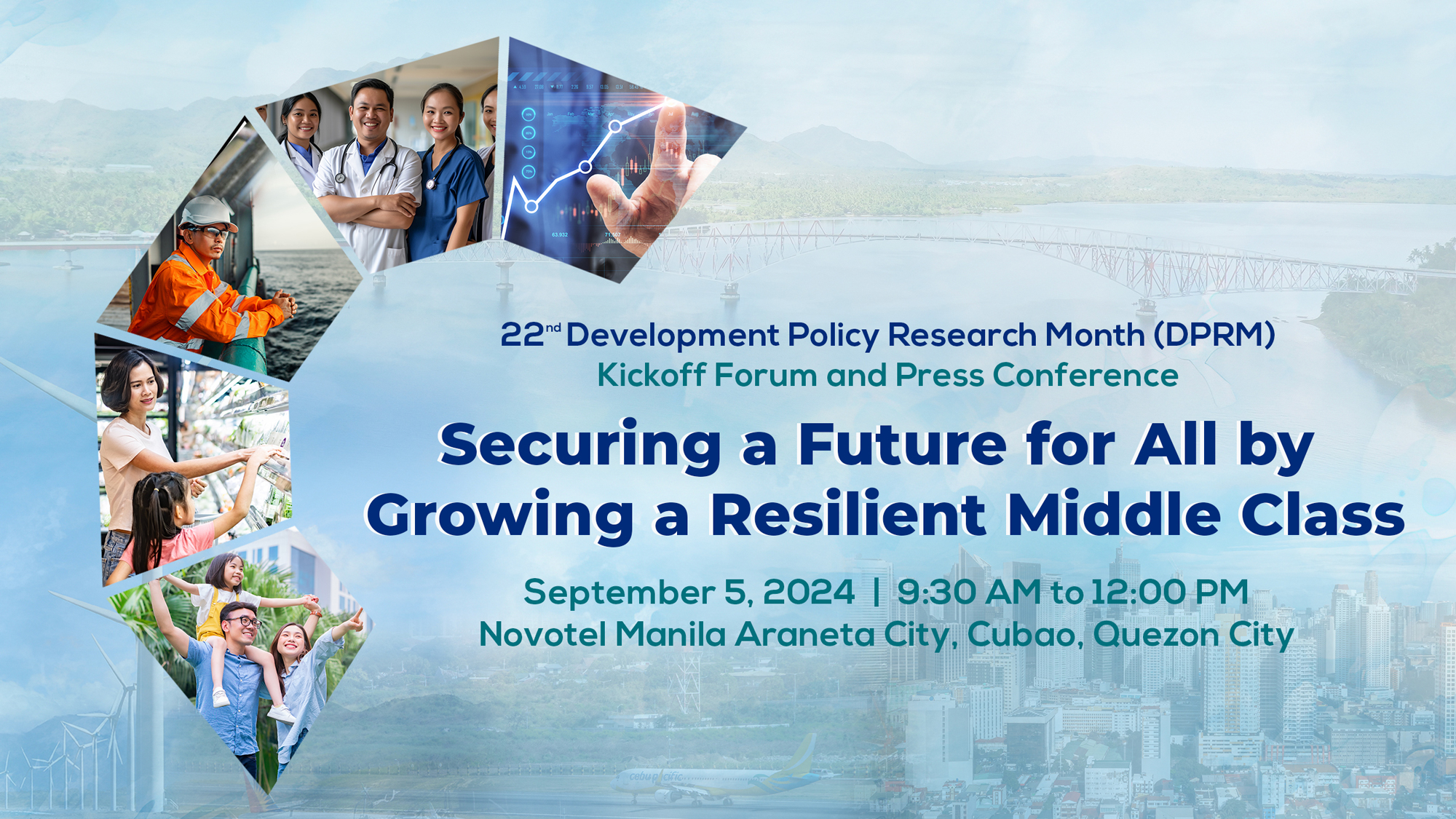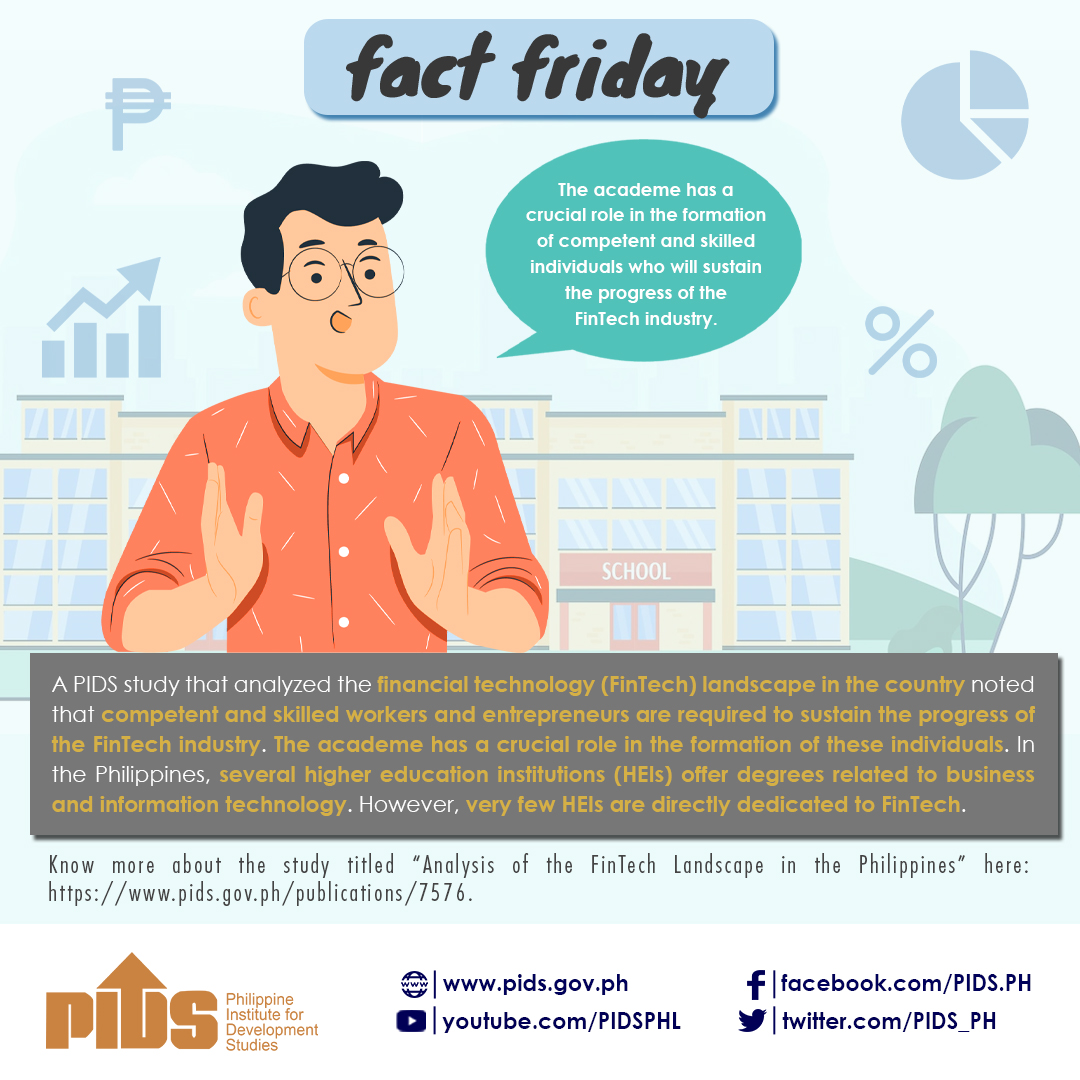Tax reforms and redoubled efforts to ramp up investments should help maximize the contribution of the country’s middle class to economic development, according to a study released by the Philippine Institute for Development Studies (PIDS).
These were among the findings indicated in a policy note, titled "Why we should pay attention to the middle class” authored by PIDS research fellow Jose Ramon G. Albert, research specialist Raymond E. Gaspar, and research analyst Martin Joseph M. Raymundo.
"While poverty reduction should be the main focus of development policy, there is a growing need for policy attention to boost the participation of the middle class in growth and development. It is important to make the middle class a stable force to sustain the growth of the Philippine economy,” the authors said.
The authors believe that tax reforms such as the removal of income tax and replacing it with a consumption tax. This will prevent Filipinos, including the rich, from finding loopholes in the system and not pay tax.
These consumption taxes, the authors said, must be "heavy” on luxury items, and "minimal” on basic items.
Further, implementing labor sector reforms, such as addressing unemployment, would improve the chances of the middle class to get jobs.
The authors said unemployment is largely a middle-class issue since the poor cannot afford to not be employed because of the immediacy of their basic needs.
To address this, the authors urged the government to find more avenues to attract local and foreign investments.
"Better investment climates [including having better infrastructure, cheaper electricity, cheaper and faster Wi-Fi] are helpful in attracting new investments. Although the private sector is responsible for job creation and income-generating activities, the government sets the investment climate,” the authors said.
Based on the policy note, the country’s middle class consists of those with annual per capita incomes in 2012, ranging from about P64,317 to P787,572. These comprise some 42.19 million households.
The authors divided the middle class into seven income classes. Those earning less than P7,890 per month are considered poor middle class members and they comprise 4.2 million households.
The authors said those earning between P7,890 and P15,780 per month are considered low income (but not poor) middle-class members, while those earnings P15,780 to P31,560 a month comprise the lower middle income class.
There are about 7.1 million households that are considered low income and 5.8 million are considered lower middle income.
The middle-income class earns between P31,560 to P78,900 per month, while the upper middle income earns P78,900 to P118,350 per month.
There are around 3.6 million households considered middle-income class and 470,000 households classified as
upper middle income.
The upper crust of the Philippine middle class is composed of the upper income (but not rich) and the rich which earn P118,350 to P157,800 and at least P157,800 a month, respectively.
There are around 170,000 households classified as upper income (but not rich) and 150,000 households considered rich middle-class members.
"Geographically, a large number of the middle-class families can be found in the National Capital Region, Calabarzon, and Central Luzon,” the authors said.
"Expectedly, the middle class is concentrated in urban areas, while the poor and low-income families are more concentrated in rural areas,” they added.
The authors also said that middle-class household heads have higher educational attainment, and that in terms of spending the middle class have a higher percentage of their income in human capital investments, such as education and health, than the poor.//
Think tank cites key role of middle class in nation-building












